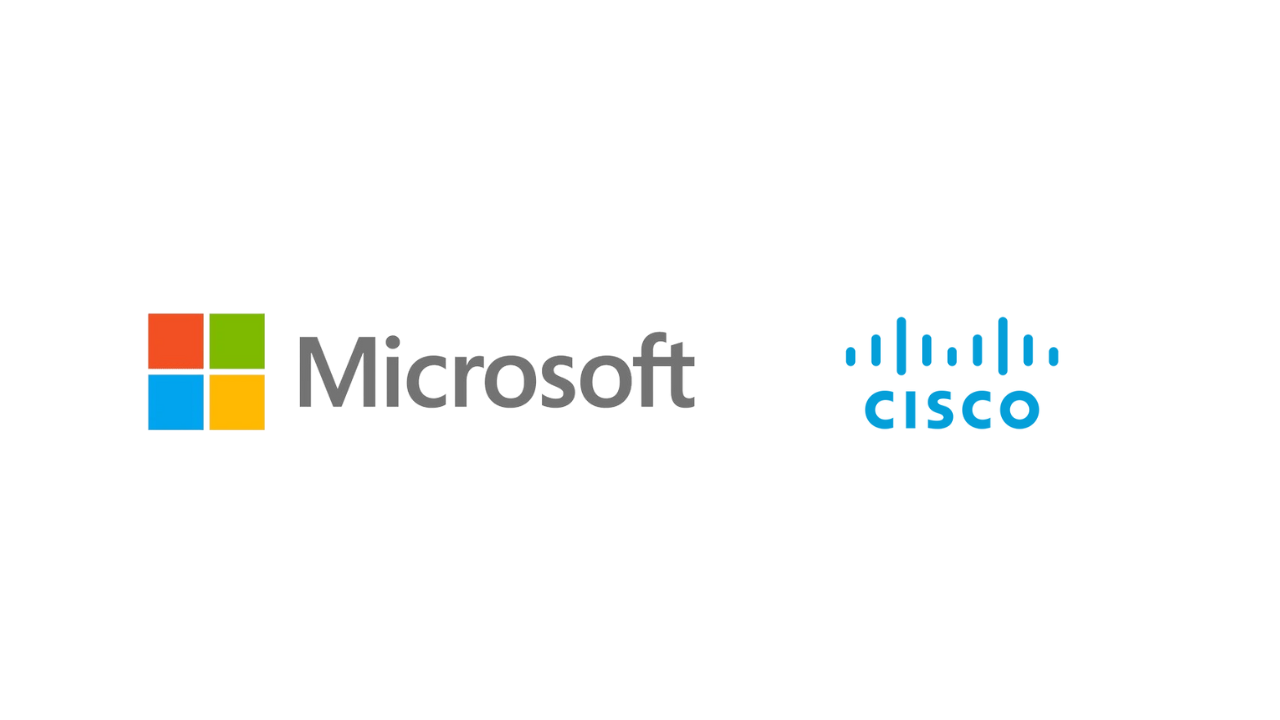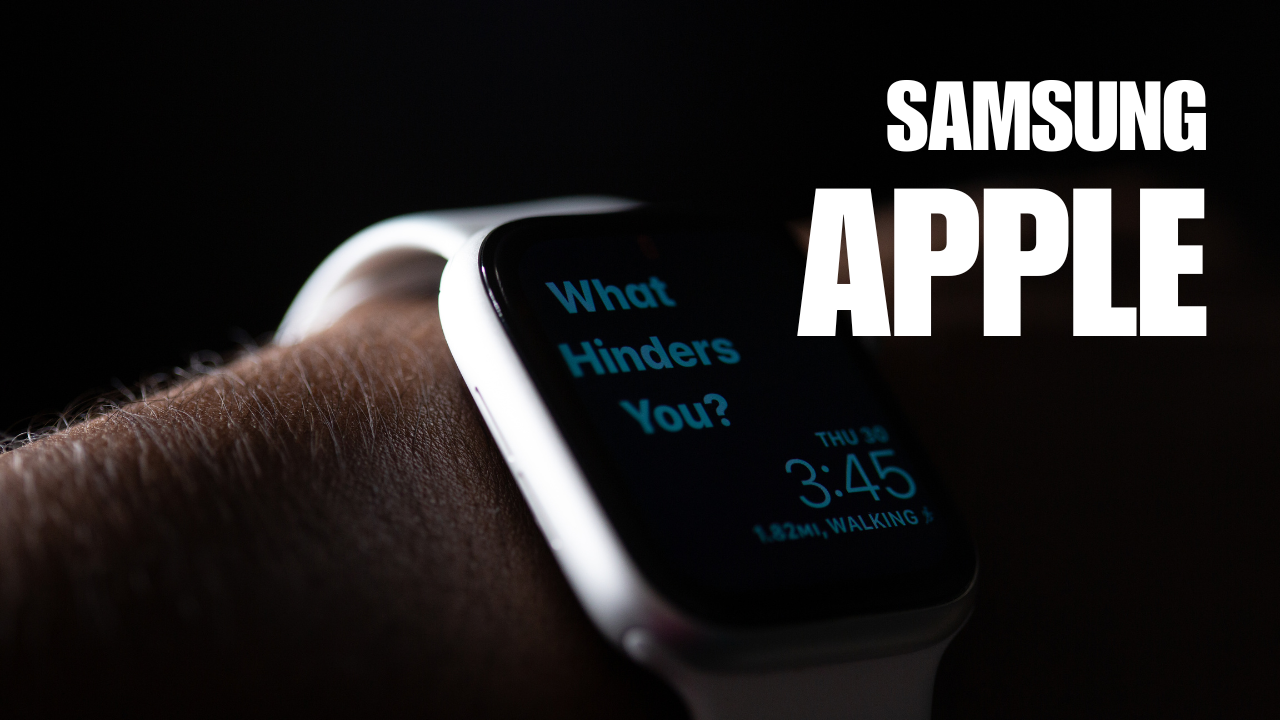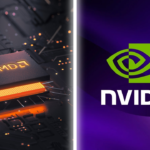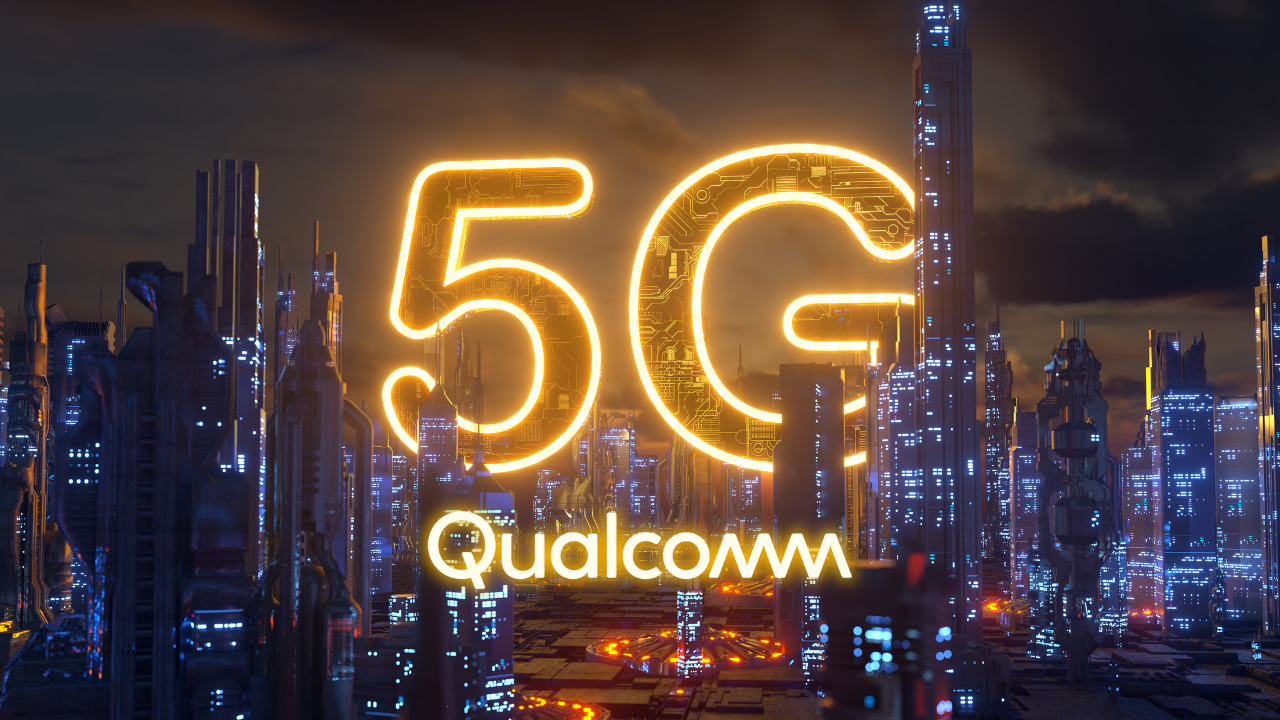Meta Description: Discover why AI + IoT is revolutionizing technology and how IBM and Cisco are leading this transformative wave. Explore applications, benefits, and future possibilities.
Slug: ai-iot-future-technology-ibm-cisco
The integration of Artificial Intelligence (AI) and the Internet of Things (IoT) is redefining the technological landscape. Known as AI + IoT, this powerful combination leverages the strengths of both fields to create smarter, more efficient systems. With global leaders like IBM and Cisco heavily investing in this convergence, the future of technology looks incredibly promising. This article explores the transformative potential of AI + IoT, focusing on why IBM and Cisco are pioneering its adoption.
The Fundamentals of AI and IoT
What is AI?
Artificial Intelligence (AI) refers to the simulation of human intelligence in machines, enabling them to perform tasks like decision-making, problem-solving, and learning. From virtual assistants to advanced robotics, AI has permeated various sectors, making processes faster and more efficient.
What is IoT?
The Internet of Things (IoT) connects physical devices to the internet, allowing them to communicate and share data. Examples include smart home systems, wearable health monitors, and industrial sensors. IoT devices generate massive amounts of data, which can be analyzed to derive actionable insights.
Synergy Between AI and IoT
The fusion of AI + IoT takes data from IoT devices and processes it using AI algorithms. This synergy enables real-time analytics, predictive maintenance, and automated decision-making, making systems smarter and more responsive.
Market Trends and Growth Projections
The market for AI + IoT is growing exponentially, driven by increasing demand across industries. According to reports, the global AIoT market is expected to surpass $100 billion by 2030. Key sectors like healthcare, manufacturing, and smart cities are leading adopters, demonstrating how AI + IoT can solve complex challenges. However, the integration also presents challenges such as data security, standardization, and technical complexities.
IBM’s Vision and Strategy
IBM Watson IoT Platform
IBM has been a frontrunner in advancing AI + IoT through its Watson IoT Platform. This robust solution offers:
Data Analytics: Extracting insights from IoT devices.
Automation: Enhancing operational efficiency.
Scalability: Supporting large-scale IoT ecosystems.
IBM’s Watson IoT is particularly impactful in sectors like healthcare, where it enables remote patient monitoring, and manufacturing, where it optimizes production lines.
Strategic Partnerships
IBM’s success in AI + IoT is bolstered by strategic partnerships. Collaborating with other tech leaders, IBM delivers innovative solutions tailored to specific industries. Case studies highlight their achievements, such as reducing downtime in manufacturing by 20% and improving patient outcomes in hospitals.
Cisco’s Vision and Strategy
Cisco IoT Control Center
Cisco’s IoT Control Center is a leading platform that integrates AI for enhanced IoT management. Key features include:
Real-Time Monitoring: Ensuring seamless device performance.
AI-Driven Insights: Analyzing data for proactive decision-making.
Security Solutions: Protecting IoT networks from cyber threats.
Network Infrastructure for AI + IoT
Cisco emphasizes the importance of robust network infrastructure to support AI + IoT. Edge computing and 5G technology are critical components, enabling faster data processing and reduced latency. Cisco’s solutions address these needs while ensuring scalability and security.
Key Technologies Driving AI + IoT Integration
Edge Computing
Edge computing processes data closer to its source, reducing latency and bandwidth usage. This technology is vital for applications like autonomous vehicles and real-time analytics in smart factories.
5G Connectivity
The rollout of 5G networks is a game-changer for AI + IoT. With ultra-fast speeds and low latency, 5G enables seamless communication between IoT devices, paving the way for innovations like smart cities and connected healthcare.
Machine Learning Algorithms
AI-driven machine learning algorithms analyze IoT data to identify patterns, predict trends, and automate tasks. These capabilities are crucial for applications like predictive maintenance in industrial settings.
Cloud Platforms
Cloud platforms provide the computational power needed to process vast amounts of IoT data. They also ensure scalability, allowing businesses to expand their AI + IoT operations effortlessly.
Real-World Applications
Smart Cities
AI + IoT is transforming urban areas into smart cities by improving traffic management, enhancing energy efficiency, and ensuring public safety. Examples include AI-powered traffic lights that adapt to real-time conditions and IoT-enabled energy grids.
Healthcare
In healthcare, AI + IoT enables remote patient monitoring, predictive diagnostics, and personalized treatment plans. Devices like wearable sensors collect patient data, which is analyzed by AI to provide actionable insights.
Industry 4.0
Manufacturing is undergoing a revolution with AI + IoT. Smart factories leverage IoT sensors and AI algorithms to optimize production, reduce downtime, and improve quality control.
Retail
Retailers are using AI + IoT to enhance customer experiences. Examples include automated inventory management, personalized shopping recommendations, and AI-driven chatbots for customer service.
Benefits of AI + IoT Integration
The integration of AI + IoT offers numerous benefits:
Improved Efficiency: Automating processes and reducing manual intervention.
Enhanced User Experience: Delivering personalized services.
Cost Savings: Reducing operational costs through predictive maintenance and resource optimization.
Challenges and Risks
Despite its potential, AI + IoT faces challenges:
Data Privacy: Protecting sensitive information from breaches.
Technical Complexities: Ensuring seamless integration of AI and IoT systems.
Ethical Concerns: Addressing biases in AI algorithms and ensuring responsible usage.
The Role of Regulation
Governments and organizations are working on policies to regulate AI + IoT. Standardization is crucial to foster innovation while addressing challenges like security and ethical implications. IBM and Cisco actively contribute to shaping these frameworks, ensuring a balanced approach to adoption.
Future Possibilities
The future of AI + IoT is filled with possibilities. Emerging technologies like quantum computing and advanced robotics are expected to complement this integration, leading to transformative societal changes. Predictions include AI-powered IoT systems that can anticipate needs, making daily life more convenient and efficient.
Conclusion
The convergence of AI + IoT represents the next frontier in technology, offering unprecedented opportunities for innovation and efficiency. IBM and Cisco’s leadership in this space underscores the transformative potential of this synergy. As industries embrace AI + IoT, the world moves closer to a smarter, more connected future.Title: AI + IoT = The Future of Technology: Here’s Why IBM and Cisco Are All-In
Meta Description: Discover why AI + IoT is revolutionizing technology and how IBM and Cisco are leading this transformative wave. Explore applications, benefits, and future possibilities.
Slug: ai-iot-future-technology-ibm-cisco
The integration of Artificial Intelligence (AI) and the Internet of Things (IoT) is redefining the technological landscape. Known as AI + IoT, this powerful combination leverages the strengths of both fields to create smarter, more efficient systems. With global leaders like IBM and Cisco heavily investing in this convergence, the future of technology looks incredibly promising. This article explores the transformative potential of AI + IoT, focusing on why IBM and Cisco are pioneering its adoption.
The Fundamentals of AI and IoT
What is AI?
Artificial Intelligence (AI) refers to the simulation of human intelligence in machines, enabling them to perform tasks like decision-making, problem-solving, and learning. From virtual assistants to advanced robotics, AI has permeated various sectors, making processes faster and more efficient.
What is IoT?
The Internet of Things (IoT) connects physical devices to the internet, allowing them to communicate and share data. Examples include smart home systems, wearable health monitors, and industrial sensors. IoT devices generate massive amounts of data, which can be analyzed to derive actionable insights.
Synergy Between AI and IoT
The fusion of AI + IoT takes data from IoT devices and processes it using AI algorithms. This synergy enables real-time analytics, predictive maintenance, and automated decision-making, making systems smarter and more responsive.
Market Trends and Growth Projections
The market for AI + IoT is growing exponentially, driven by increasing demand across industries. According to reports, the global AIoT market is expected to surpass $100 billion by 2030. Key sectors like healthcare, manufacturing, and smart cities are leading adopters, demonstrating how AI + IoT can solve complex challenges. However, the integration also presents challenges such as data security, standardization, and technical complexities.
IBM’s Vision and Strategy
IBM Watson IoT Platform
IBM has been a frontrunner in advancing AI + IoT through its Watson IoT Platform. This robust solution offers:
Data Analytics: Extracting insights from IoT devices.
Automation: Enhancing operational efficiency.
Scalability: Supporting large-scale IoT ecosystems.
IBM’s Watson IoT is particularly impactful in sectors like healthcare, where it enables remote patient monitoring, and manufacturing, where it optimizes production lines.
Strategic Partnerships
IBM’s success in AI + IoT is bolstered by strategic partnerships. Collaborating with other tech leaders, IBM delivers innovative solutions tailored to specific industries. Case studies highlight their achievements, such as reducing downtime in manufacturing by 20% and improving patient outcomes in hospitals.
Cisco’s Vision and Strategy
Cisco IoT Control Center
Cisco’s IoT Control Center is a leading platform that integrates AI for enhanced IoT management. Key features include:
Real-Time Monitoring: Ensuring seamless device performance.
AI-Driven Insights: Analyzing data for proactive decision-making.
Security Solutions: Protecting IoT networks from cyber threats.
Network Infrastructure for AI + IoT
Cisco emphasizes the importance of robust network infrastructure to support AI + IoT. Edge computing and 5G technology are critical components, enabling faster data processing and reduced latency. Cisco’s solutions address these needs while ensuring scalability and security.
Key Technologies Driving AI + IoT Integration
Edge Computing
Edge computing processes data closer to its source, reducing latency and bandwidth usage. This technology is vital for applications like autonomous vehicles and real-time analytics in smart factories.
5G Connectivity
The rollout of 5G networks is a game-changer for AI + IoT. With ultra-fast speeds and low latency, 5G enables seamless communication between IoT devices, paving the way for innovations like smart cities and connected healthcare.
Machine Learning Algorithms
AI-driven machine learning algorithms analyze IoT data to identify patterns, predict trends, and automate tasks. These capabilities are crucial for applications like predictive maintenance in industrial settings.
Cloud Platforms
Cloud platforms provide the computational power needed to process vast amounts of IoT data. They also ensure scalability, allowing businesses to expand their AI + IoT operations effortlessly.
Real-World Applications
Smart Cities
AI + IoT is transforming urban areas into smart cities by improving traffic management, enhancing energy efficiency, and ensuring public safety. Examples include AI-powered traffic lights that adapt to real-time conditions and IoT-enabled energy grids.
Healthcare
In healthcare, AI + IoT enables remote patient monitoring, predictive diagnostics, and personalized treatment plans. Devices like wearable sensors collect patient data, which is analyzed by AI to provide actionable insights.
Industry 4.0
Manufacturing is undergoing a revolution with AI + IoT. Smart factories leverage IoT sensors and AI algorithms to optimize production, reduce downtime, and improve quality control.
Retail
Retailers are using AI + IoT to enhance customer experiences. Examples include automated inventory management, personalized shopping recommendations, and AI-driven chatbots for customer service.
Benefits of AI + IoT Integration
The integration of AI + IoT offers numerous benefits:
Improved Efficiency: Automating processes and reducing manual intervention.
Enhanced User Experience: Delivering personalized services.
Cost Savings: Reducing operational costs through predictive maintenance and resource optimization.
Challenges and Risks
Despite its potential, AI + IoT faces challenges:
Data Privacy: Protecting sensitive information from breaches.
Technical Complexities: Ensuring seamless integration of AI and IoT systems.
Ethical Concerns: Addressing biases in AI algorithms and ensuring responsible usage.
The Role of Regulation
Governments and organizations are working on policies to regulate AI + IoT. Standardization is crucial to foster innovation while addressing challenges like security and ethical implications. IBM and Cisco actively contribute to shaping these frameworks, ensuring a balanced approach to adoption.
Future Possibilities
The future of AI + IoT is filled with possibilities. Emerging technologies like quantum computing and advanced robotics are expected to complement this integration, leading to transformative societal changes. Predictions include AI-powered IoT systems that can anticipate needs, making daily life more convenient and efficient.
Conclusion
The convergence of AI + IoT represents the next frontier in technology, offering unprecedented opportunities for innovation and efficiency. IBM and Cisco’s leadership in this space underscores the transformative potential of this synergy. As industries embrace AI + IoT, the world moves closer to a smarter, more connected future.










